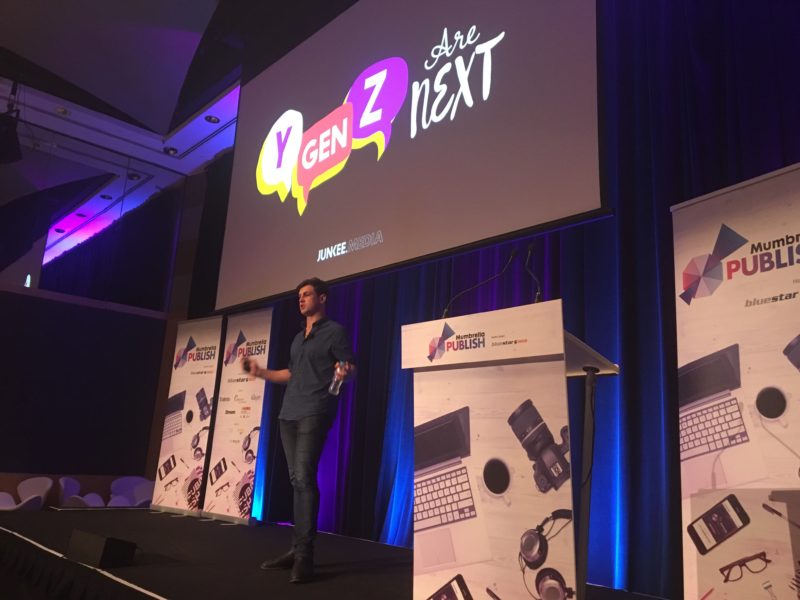How Punkee created serial content which ‘ended up owning a Channel Ten show’
Junkee Media’s youth title Punkee ended up “owning a Channel Ten show” by posting something nobody else had and creating serial content, according to managing editor, Tom Pitney.
For Pitney, who started out creating The Bachelor and The Bachelorette recaps on The Vine, working out what trend is next and leveraging it to create something original is the key.



This isn’t original. Mamamia has done this for show recaps years before – especially for this season of the Batchelor.
https://www.mamamia.com.au/search/the+bachelor+recap/
Bit of flawed spin here Tom!